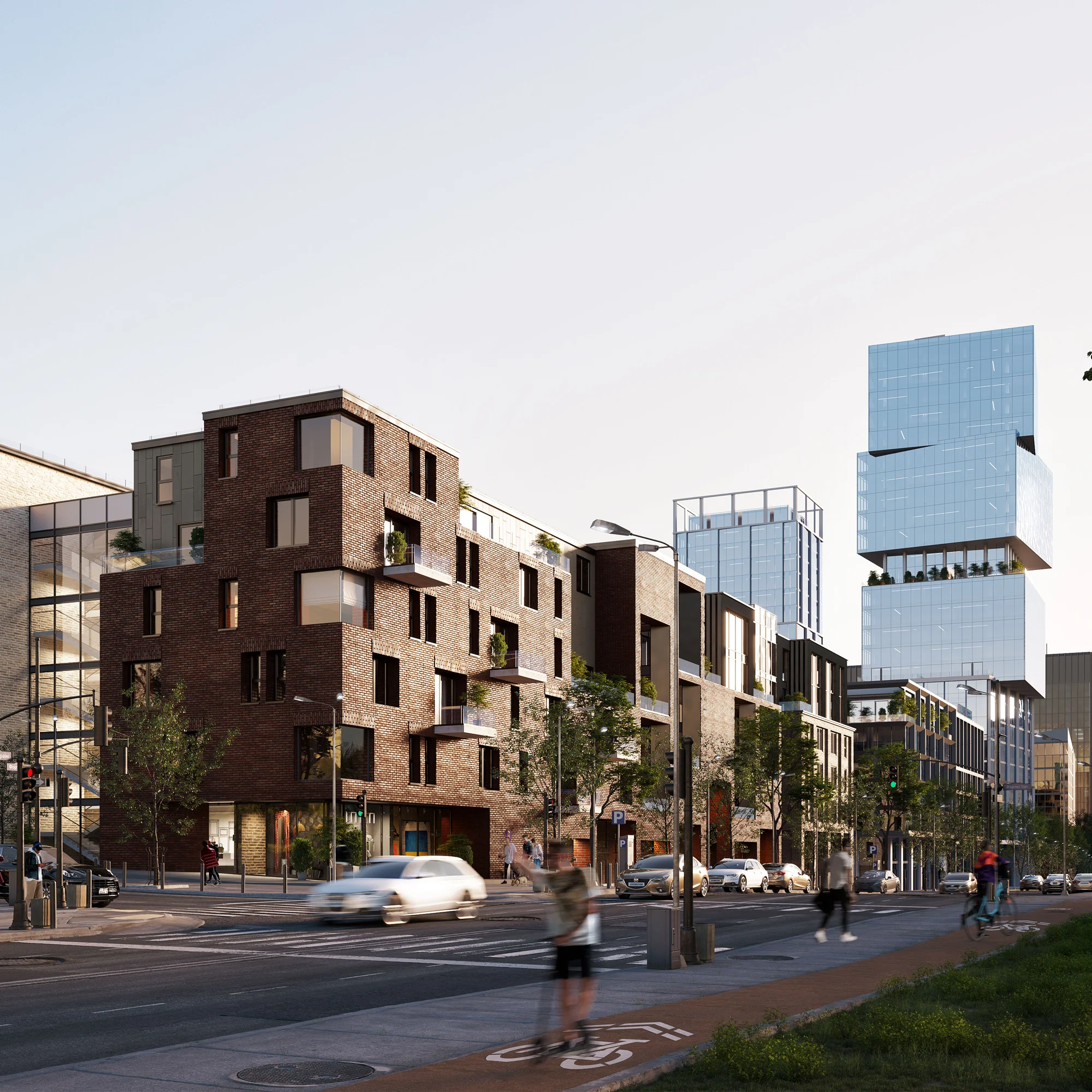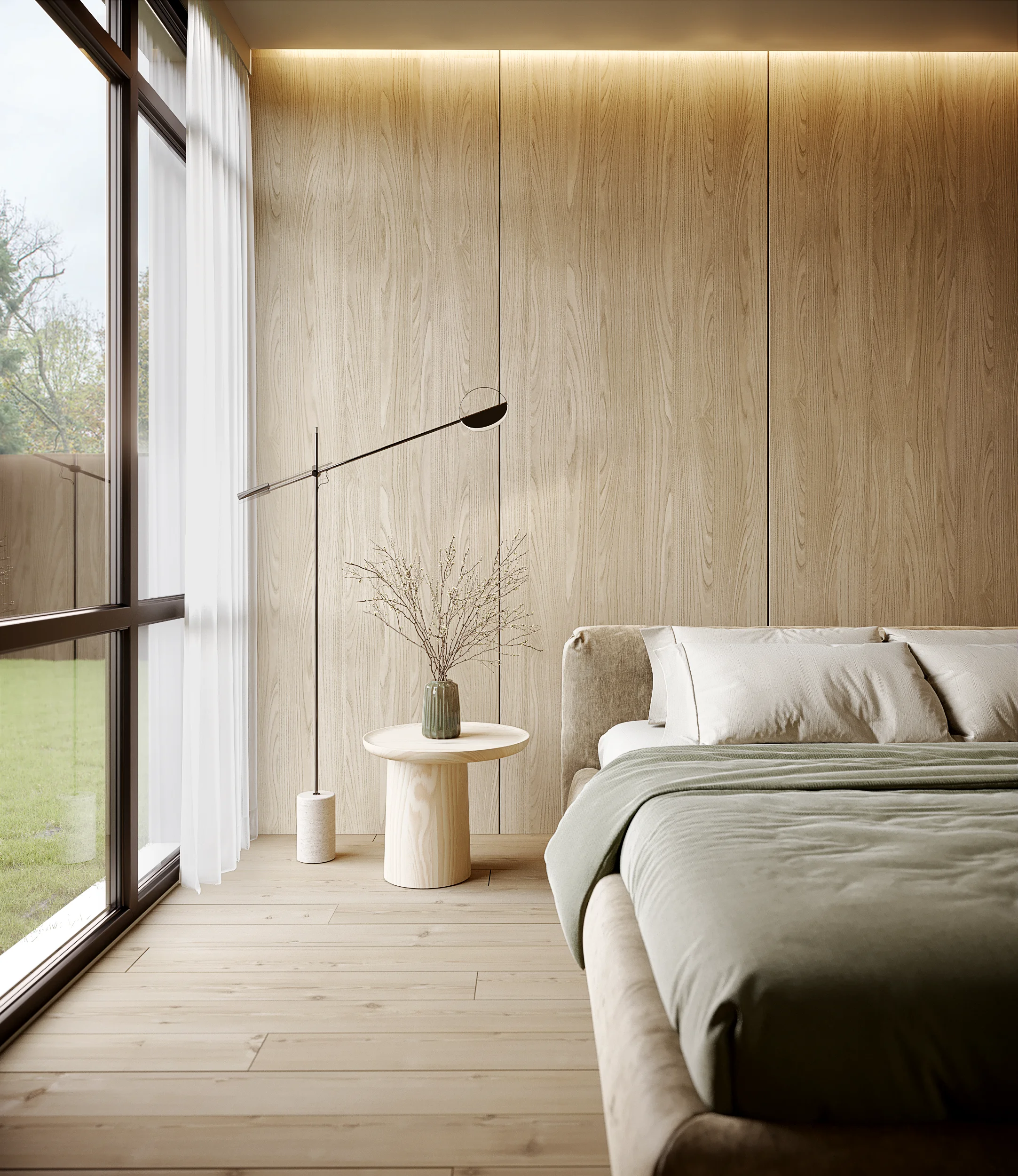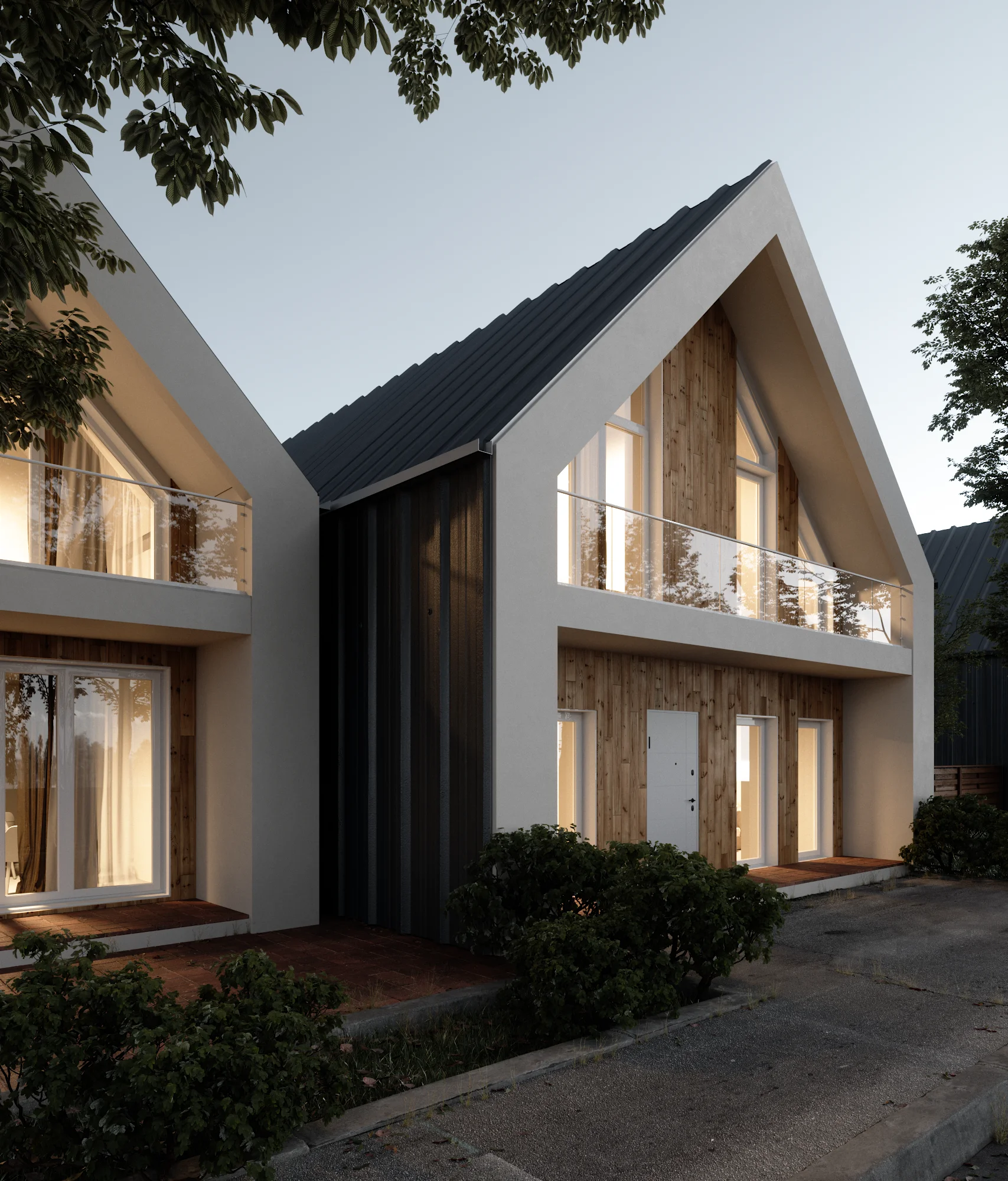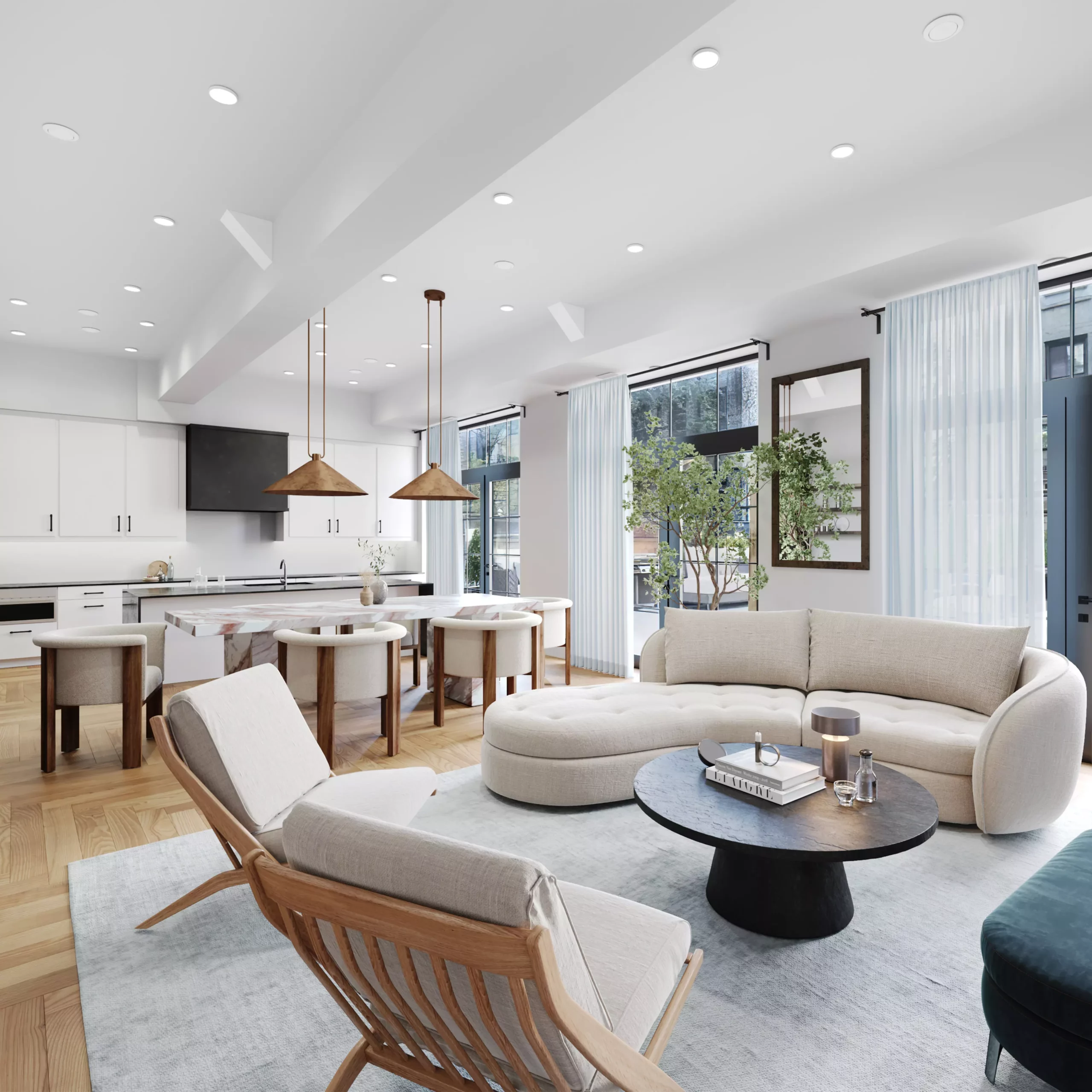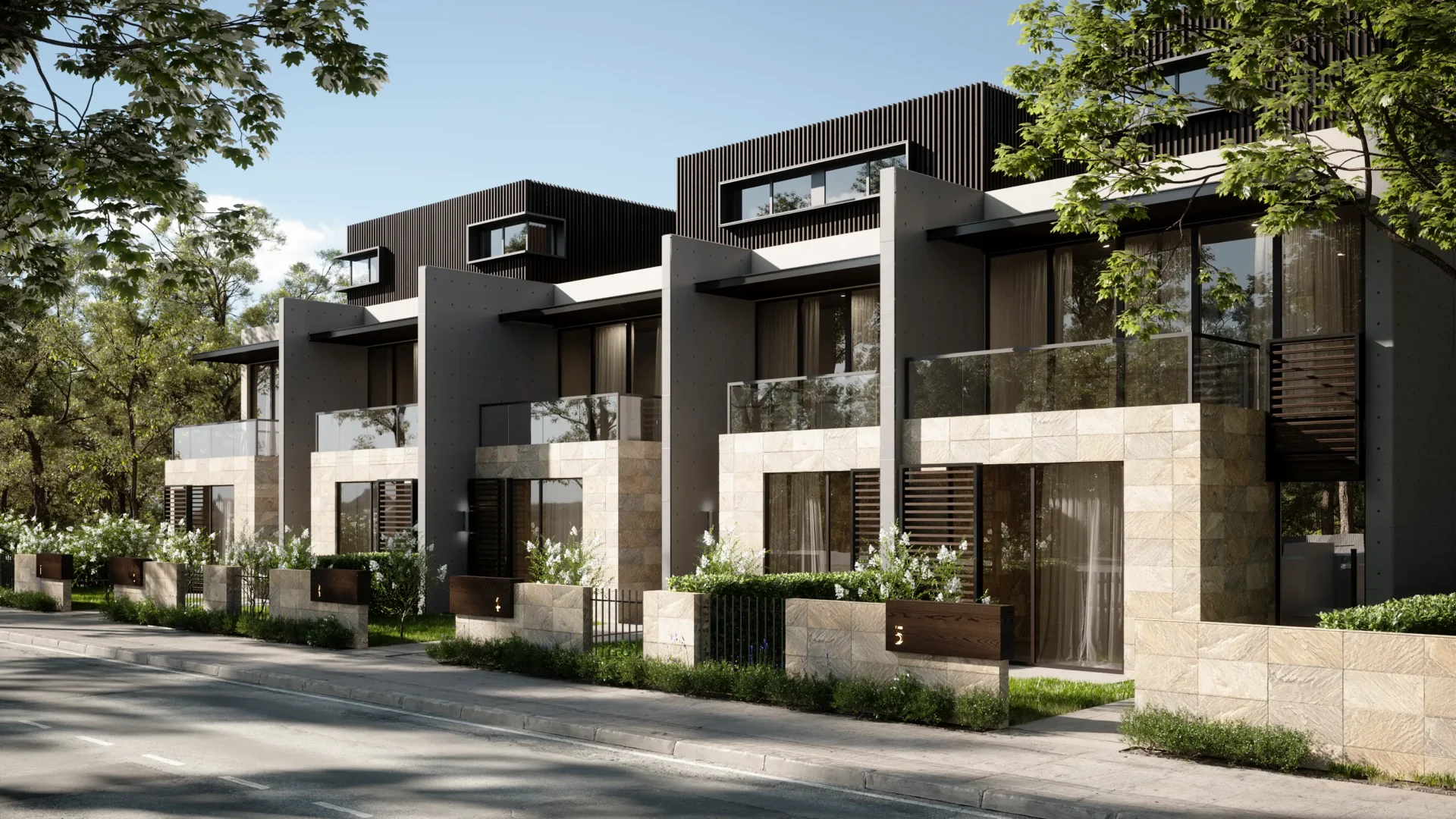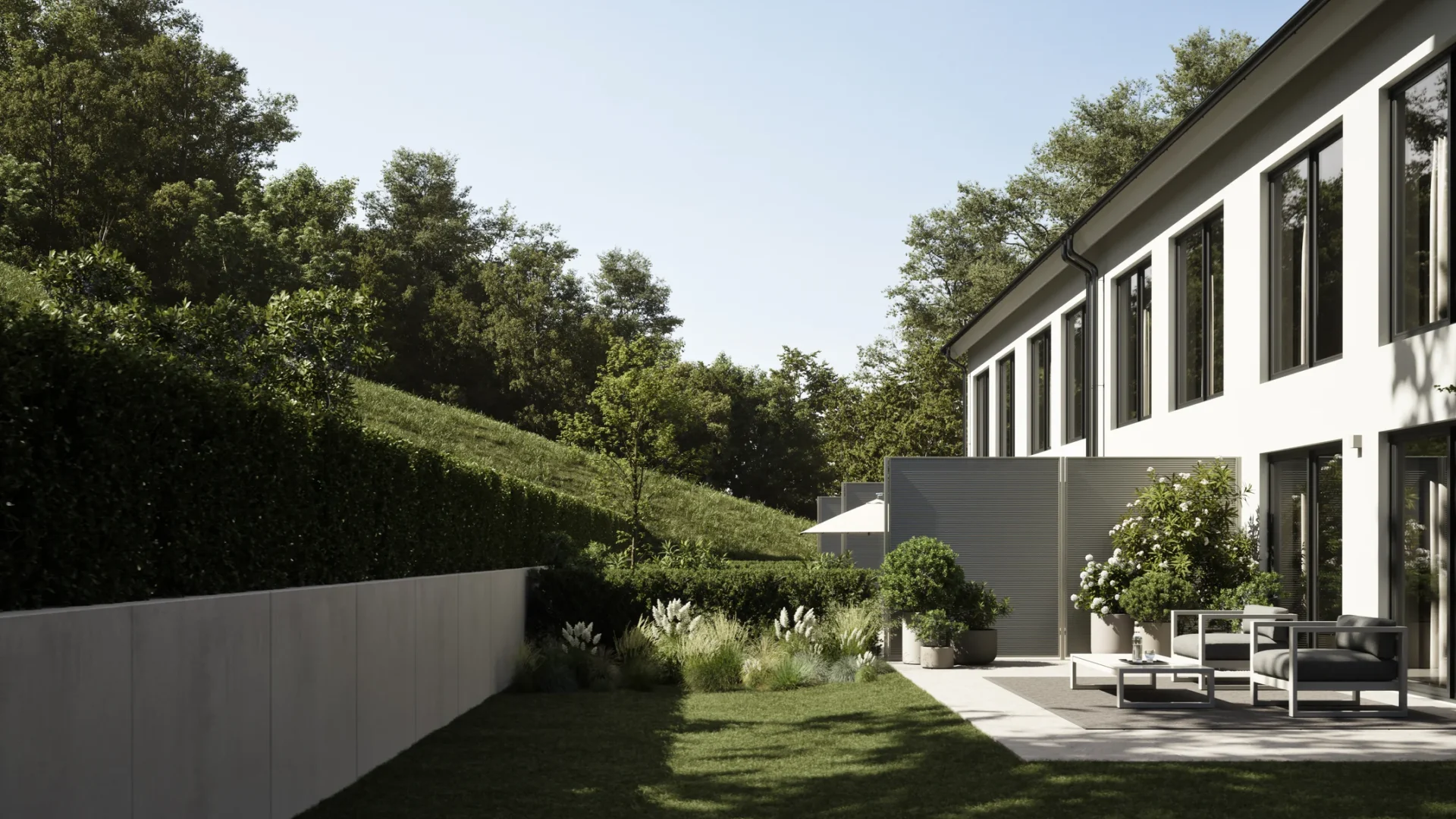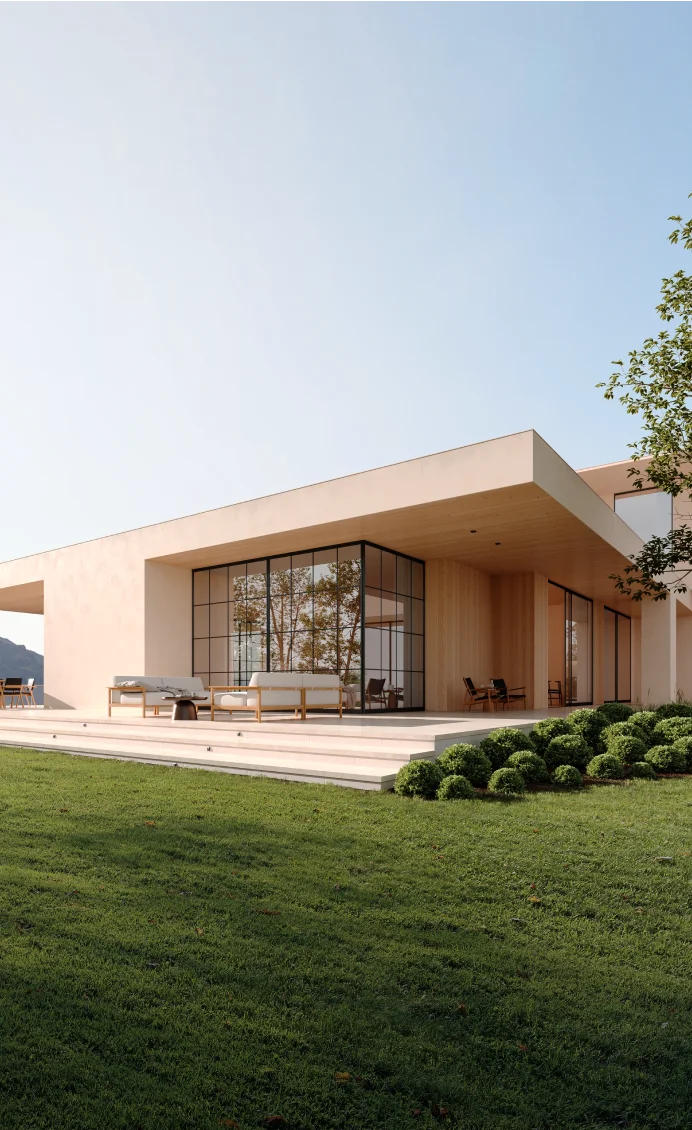In the realm of architectural design, the art of modeling holds a significant place. Traditional architectural modeling, a craft honed by architects over centuries, involves the meticulous handcrafting of physical models to portray intended structures. This labor-intensive process employs an architectural modeler’s skill and intuition to bring conceptual designs into tangible existence. However, in the dawn of the digital age, a new player emerged – the architectural 3D modeler. This revolution brought forth the practice of architectural 3D modeling, whereby 3D modelers utilize specialized software to generate virtual, yet highly realistic representations of architectural designs. This transformation not only reshapes the visualization of architecture but redefines the modus operandi of modern architects.
The Shift from Traditional Models to 3D Models
In the architecture industry, the limitations of traditional models have frequently posed challenges. The time-consuming nature of handcrafting models and the difficulty of amending them can put the traditional architectural modeler under considerable strain. Enter the architectural 3D modeler – a role born out of these challenges. Their work not only bypasses these traditional hurdles but also significantly enhances the ability to portray a conceptual design from various perspectives. With their tools and skills, these 3D modelers can accurately depict complex sustainable building techniques, a task that often proves challenging for physical models.
The emergence of the architectural 3D modeler thus addresses significant limitations of the traditional process. The rise of 3D modeling, however, offered a novel solution. Aided by the power of CAD software like AutoCAD Architecture and other Autodesk software, 3D modelers have been able to create and modify detailed models with much higher efficiency. The incorporation of graphical algorithm editors enabled even more precision and versatility in designing sustainable buildings. Above all, 3D models provided a dramatic enhancement in architectural visualization, offering the capability to view structures from any angle and explore every minute detail. This shift has signified a transformative epoch in architectural practice, promising more sophisticated and realistic design portrayal than ever before.
Benefits of Architectural 3D Modeling
Time Efficiency of 3D Modeling
When compared to their traditional counterparts, 3D models, especially those created with free software, drastically reduce the production time. The conventional method, being labor-intensive, demands hours of painstaking work to bring a design into physical existence.
Take, for instance, the case of a leading 3D architectural visualization company. With the adoption of Building Information Modeling (BIM) solutions, they reduced their conceptualization and prototyping time by half, thereby accelerating their project timelines significantly.
Ease of Transportation and Presentation
Traditional models are often bulky and delicate, making transportation a significant challenge. Their presentations also limit the audience’s perspective, constricting a comprehensive understanding of the design intent.
In contrast, 3D models excel in this area. They can be effortlessly shared with a few clicks, and their presentations can be dynamic, providing multiple views of the same design. This not only enhances understanding but also offers a much more engaging experience for the audience.
Cost Savings of 3D Modeling
The use of 3D modeling software like 3DS Max and other BIM tools also presents significant cost advantages. The initial costs of acquiring such software may be higher, but the longer-term efficiencies and savings far outweigh these.
3D modeling enables architects to identify potential design issues before construction begins, thus preventing costly on-site modifications. Furthermore, changes can be made virtually at no additional costs, which is a powerful tool that significantly reduces the overall project cost.
Durability and Maintenance of 3D Models
Traditional models are prone to wear and tear, and maintaining them can be a complicated and costly process. Additionally, over time, these models may lose their accuracy, thereby causing inconsistencies in the portrayal of design intent.
On the contrary, 3D models require no physical maintenance and do not degrade over time. They offer enduring, precise representations of architectural designs, reinforcing their value as a reliable and long-term resource.
Flexibility and Ease of Correction in 3D Models
With traditional models, making alterations post-production is not only arduous but can potentially jeopardize the entire model. It restricts the freedom to explore various design choices without considerable investments of time and resources.
In contrast, 3D modeling offers the flexibility to experiment and make revisions easily. With a few clicks, alterations can be made without disturbing the existing structure. This flexibility empowers architects to fine-tune their designs until they perfectly align with their vision, resulting in more accurate, photorealistic renderings that truly capture the essence of the design intent.
3D modeling, with its many advantages, proves to be an indispensable tool in the modern architectural landscape. It fosters efficient, sustainable, and highly customizable solutions, leading the industry toward a new era of innovation and excellence.
The Impact of 3D Modeling on Architectural Design
The advent of 3D modeling has reshaped design processes and workflows. With advanced architectural rendering software, architects can now easily visualize and modify designs, aiding decision-making and reducing errors. The use of architectural CGI allows a new level of detail and precision, where 3D renders provide a clearer perspective of how the final product will look, leading to more efficient and productive workflows.
Client presentations and discussions have also seen a dramatic improvement with the implementation of 3D modeling and visualization services. Architects can now provide clients with photorealistic renderings, allowing them to fully understand the design before its realization. This has enabled more effective communication, resulting in fewer misunderstandings and smoother project progress.
Overall, the influence of 3D modeling on the architectural industry is monumental. It’s not just about choosing a 3D Rendering Company or engaging a skilled 3D interior artist, but also about how firms, including top arch viz firms, incorporate this technology into their daily operations. The benefits of 3D modeling, such as cost and time savings, along with increased precision, have fundamentally changed the industry’s landscape, making it a standard practice in modern architectural design.
Conclusion
The transformation brought about by an architectural 3D modeler cannot be overstated. Leveraging the capabilities of advanced software and using a broad vocabulary of 3D modeling terms, an architectural 3D modeler has revolutionized how architects work. They can significantly enhance time efficiency, cost-effectiveness, and presentation quality while ensuring flexibility in design alterations.
Looking ahead, as technology continues to evolve and new BIM solutions emerge, the role of the architectural 3D modeler in architecture is set to strengthen even further. The future of architecture isn’t just about how to choose a 3D rendering company; it’s about how 3D modeling and industrial design principles will continue to redefine architectural practices, leading to more effective, sustainable, and innovative solutions.




